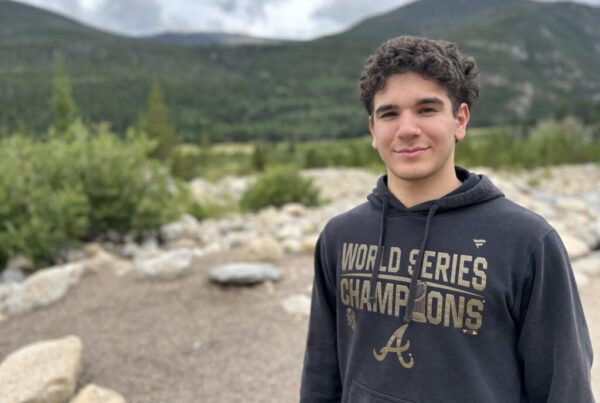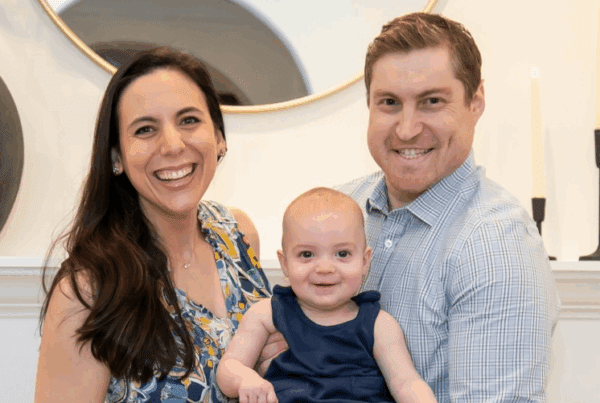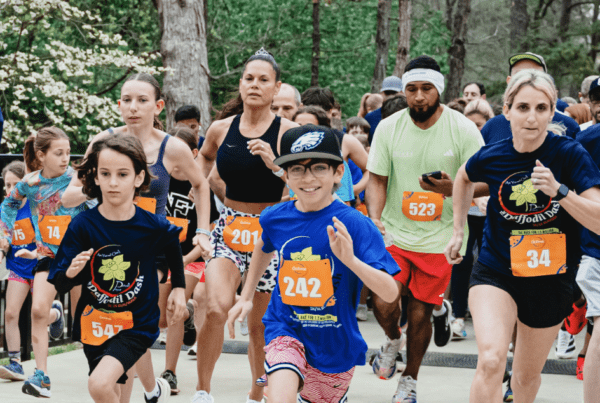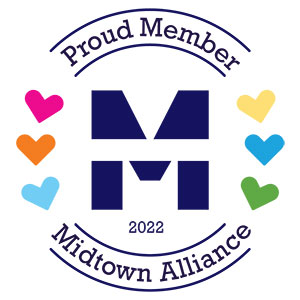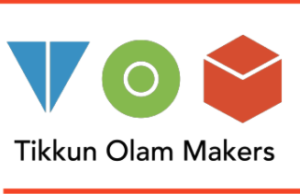
“Makers” Compete to Solve Human Problems
Georgia Tech’s Tikkun Olam Makers, known as TOM:GT, was the winning changemaker in Federation Innovation’s recent Propel Pitch competition. TOM is a worldwide movement that marshals the talents of student problem solvers, to address the needs of people with disabilities, known as “Need Knowers.” TOM:GT achieves its mission through an annual makeathon. Structured similarly to a hackathon, the makeathon pairs student teams with “need-knowers” to create workable prototypes. Last weekend, in real time, six TOM maker teams at Georgia Tech showcased their solutions before a panel of judges, many of whom work in the disabilities space, which rated their projects and ranked the teams’ outputs.
Judges hailed two teams as “winners” — Team 2, which created a way to manage and “reel in” oxygen hoses for people with COPD and other respiratory conditions; and Team 4, which created adaptive and supportive seating for people who want to use zip lines at Camp Twin Lakes, a camp for children facing serious illnesses, disabilities, and other life challenges.
Here are the challenges the six TOM teams were given, and what they created to meet a range of real–world problems.
- Team 1: Notification Alert System:
“Mom” is an older adult woman who is losing her hearing. She owns an iPhone. Occasionally, she receives texts, messages, alerts, and other notifications on her phone. Mom enjoys watching TV. She also enjoys working in her garden.
The Challenge: The challenge is that when Mom listens to the TV, she does not hear the alerts on her iPhone because the volume of the TV obstructs the audio alert from the iPhone. This frustrates her because it could be a family member or friend with some timely information. She needs another method to let her know that the alert has occurred.
- Team 2: Oxygen Concentrator Reel System | See what this winning team made on YouTube!
“Mom” is an older adult woman who has emphysema due to COPD (chronic obstructive pulmonary disease). The condition requires that she have oxygen delivered to her nose for every breath. In her small home, she has an oxygen concentrator which generates the oxygen, and she wears a nasal cannula to deliver that oxygen into her lungs. Between the cannula and the concentrator is a flexible hose which enables her to move about the house freely. The tubing is 50’ in length and made of a clear, flexible PVC material. Mom walks through the house with the tube dragging behind her. The Challenge: Because of its length, the hose can become a hazard. It bunches up. It can become entangled on itself. It can catch or get wrapped around furniture. As Mom walks around the house, she has to cross over the hose or push it out of the way. Everyone who is in the house is always aware of the hose’s location and tries to avoid stepping on it.
- Team 3: Zip Line Support System | See what this winning team made on YouTube!
The Challenge: While at Camp Twin Lakes, one of the campers’ activities is a zip line. When the campers are using the zip line, it is important that the harness system keeps them upright and provides the necessary back, neck, and head support. Current seatback inserts do not provide all of the needed supports, meaning some campers are unable to participate in and enjoy the zip line.
- Team 4: Canoe Supports
The Challenge: Oftentimes, it is difficult to maintain balance when getting in and out of a canoe. The tendency of a canoe to tip over makes it dangerous for some campers to use. However, because the added support would create a heavier system and therefore a harder to move system, it is important that the support structure be removable for campers that do not require it.
- Team 5: Letter Tracing Transcribing System
Kyle hails from Atlanta, Georgia. He is 24 years old and grew up attending Temple Sinai and playing sports. Kyle has been an active member of the Jewish community his whole life. Kyle currently volunteers as a beekeeper and a honey salesman for a program called Hives for Honey. Prior to beekeeping, Kyle worked at the Marcus Jewish Community Center in the fitness center. Kyle is also a disability advocate and speaker. The Challenge: Due to Kyle’s dysgraphia, he has difficulty writing, making it hard to fill out forms that ask for information in multiple places (such as doctors’ offices, building sign-ins). Additionally, Kyle learns better by singing or visualizing something versus just hearing it. A device that provided a way to transcribe and/or trace words would help individuals like Kyle when filling out forms or other documents.
